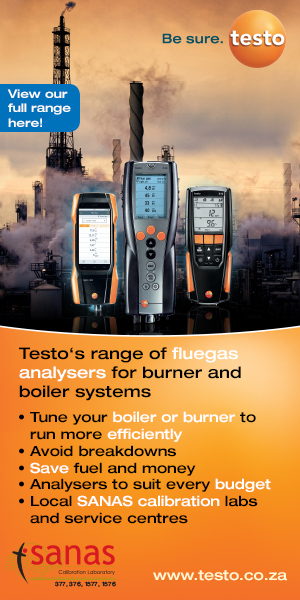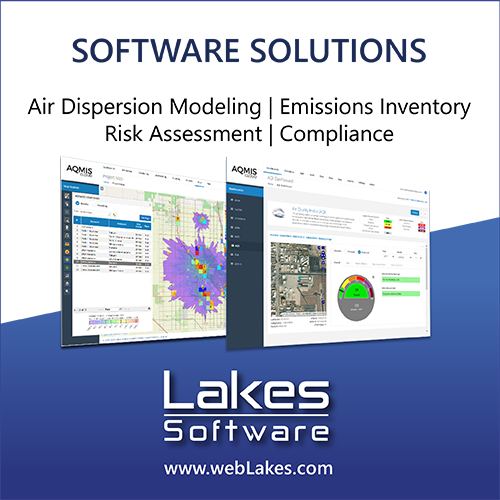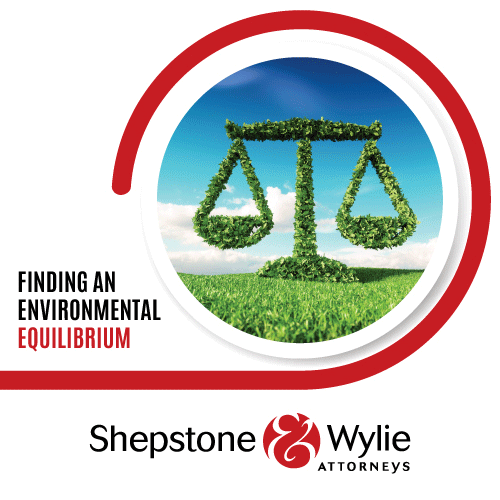A case study in the wintertime Vaal Triangle Air-Shed Priority Area on the utility of the nitrogen stable isotopic composition of aerosol nitrate to identify NOx sources
DOI:
https://doi.org/10.17159/caj/2022/32/1.12505Keywords:
aerosol nitrate, stable isotopes, NOx sources, Highveld, Vaal TriangleAbstract
In South Africa, the Highveld region and the Johannesburg-Pretoria megacity are known as global NOx (NOx = NO + NO2) “hotspots” identified by satellite-based instruments. The ultimate sink for atmospheric NOx is conversion to aerosol nitrate. However, measurements of aerosol nitrate concentrations do not provide information on which NOx sources served as nitrate precursors at that location. This complicates efforts to reduce concentrations of particulate matter (PM) in these air quality priority areas. Here, we measured the nitrogen stable isotopic composition of nitrate from daily wintertime collections of coarse mode PM2.5-10 (PM ≤ 10 and >2.5 µm in diameter) at three air quality monitoring stations located in the Vaal Triangle Air-Shed Priority Area (VTAPA). The overall aim of this case study was to evaluate the use of the distinct stable isotopic signatures of various NOx sources to identify their relative contribution to aerosol nitrate across the Highveld. The nitrogen isotopic ratios of aerosol nitrate were similar across the three sites, with greater day-to-day variability than site to site variability. Air mass history was the main driver of the variability in the nitrogen isotopic ratios of aerosol nitrate, with significantly higher isotopic ratios observed for air masses originating from the southwest. Using an isotope mixing model we determined that NOx from coal-burning is the dominant contributor to aerosol nitrate (66%), followed by biomass burning (16%), vehicles (12%), and soil emissions (6%).
Downloads
Downloads
Published
Issue
Section
License
Copyright (c) 2022 Katye Altieri, Jessica Burger, Brigitte Language, Stuart Piketh

This work is licensed under a Creative Commons Attribution 4.0 International License.

All articles are published under a Creative Commons Attribution 4.0 International License; copyright is retained by the authors. Readers are welcome to reproduce, share and adapt the content without permission provided the source is attributed.








.png)